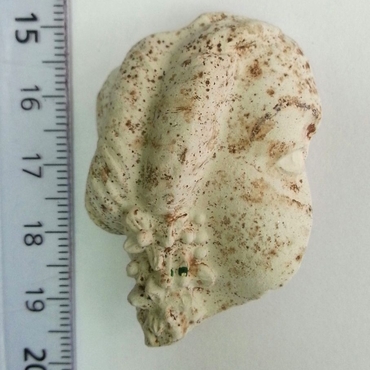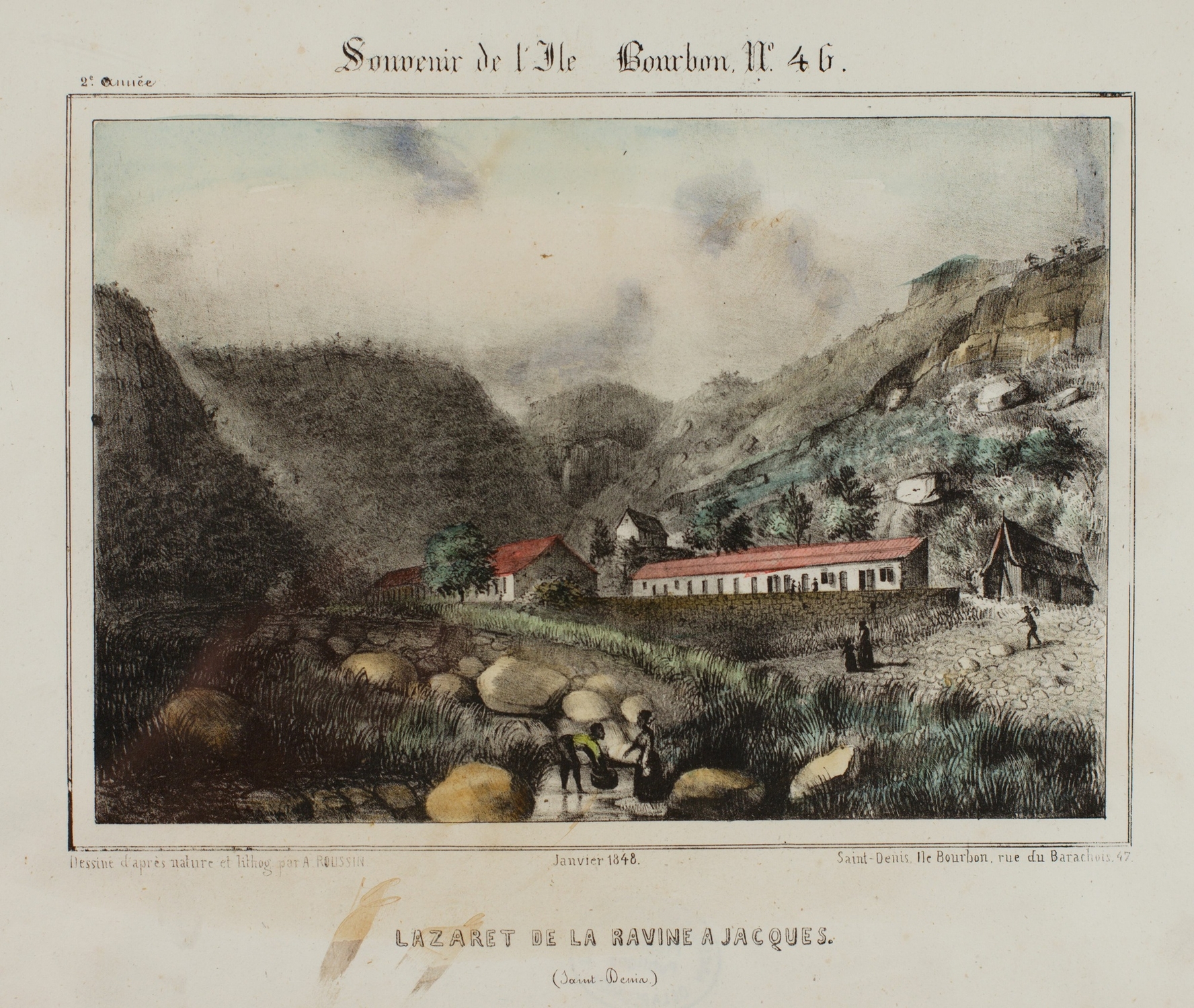
- Home
- Archaeology on Reunion Island
- Colonial organization
- Saint-Denis: Lazarettos in La Grande Chaloupe
After the lazarettos in Petite Île, Cap Bernard and La Ravine in Jacques at the end of the 18th century, Lazarettos no. 1 and no. 2 in La Grande Chaloupe were the last quarantine stations created on Réunion.
The Grande Chaloupe station operated from the mid-1850s and the lazaretto from 1861 until the 1950s, when travellers and 46 000 indentured labourers from various places around the world arrived in the colony. Although this enforced stay was intended to prevent the spread of epidemic diseases common in their regions of origin, for some of them, the lazarettos were their last abode.
Initial archaeological survey in 2012
A series of test pits were dug by A.-L. Dijoux on the site of the cemetery of Lazaretto no. 2. Archaeologists found waste pits containing artefacts dating from the late 19th century and early 20th centuries, revealing the scale of trade between mainland France and the colony when Lazaretto no. 2 was in operation. Archaeologists also studied four burials. DNA analyses "strongly suggest" one of the individuals was of Indian origin.
Plans for a new study
The results of the 2012 survey raised a number of questions to which a planned cross-disciplinary archaeological study involving several institutions and organised by a team from Stanford University in conjunction with a large group of French researchers hopes to find the answers.
Associated media
Open Media Library

Plan of the lazarettos of La Grande Chaloupe, 1954

General plan (Saint-Denis, Lazarets de la Grande Chaloupe, 2012)

Cemetery (Saint-Denis, Lazarets de la Grande Chaloupe, 2012)

Burials plan (Saint-Denis, Lazarets de la Grande Chaloupe, 2012)

Palaeogenetics (Saint-Denis, Lazarets de la Grande Chaloupe, 2012)

White-hearts beads (Saint-Denis, Lazarets de la Grande Chaloupe, 2012)

Pipe bowl (Saint-Denis, Lazarets de la Grande Chaloupe, 2012)

